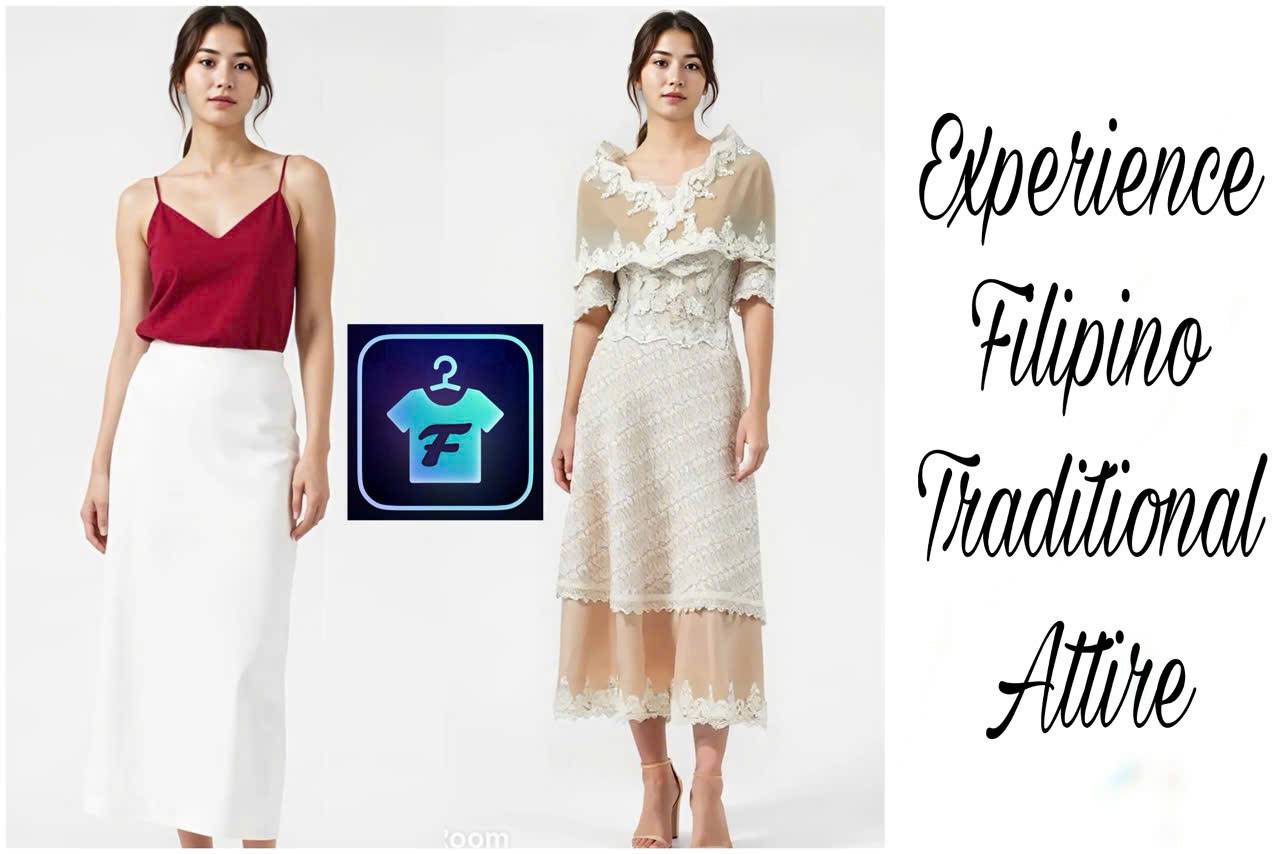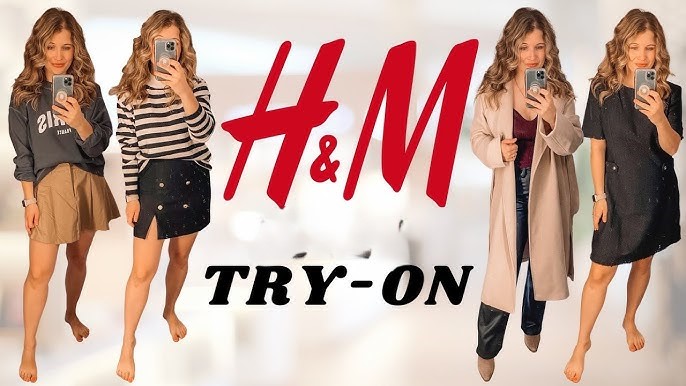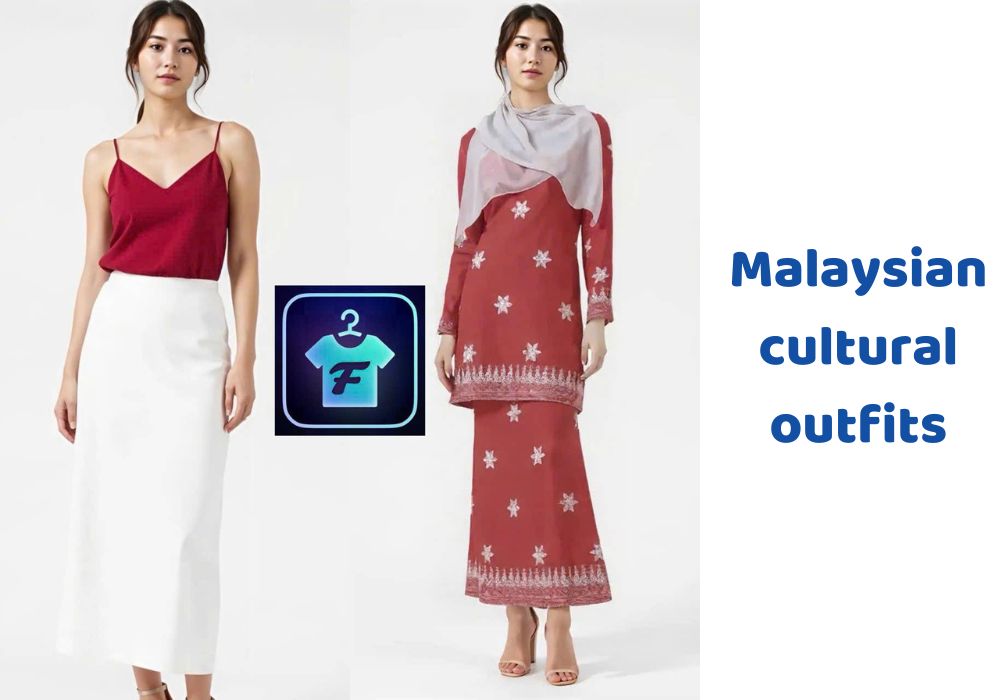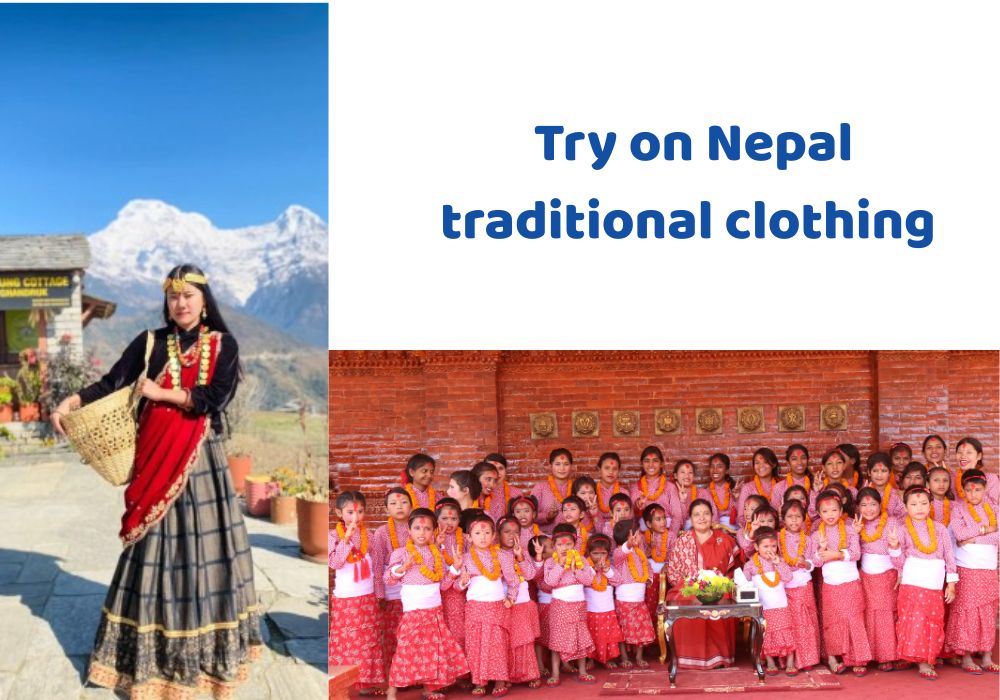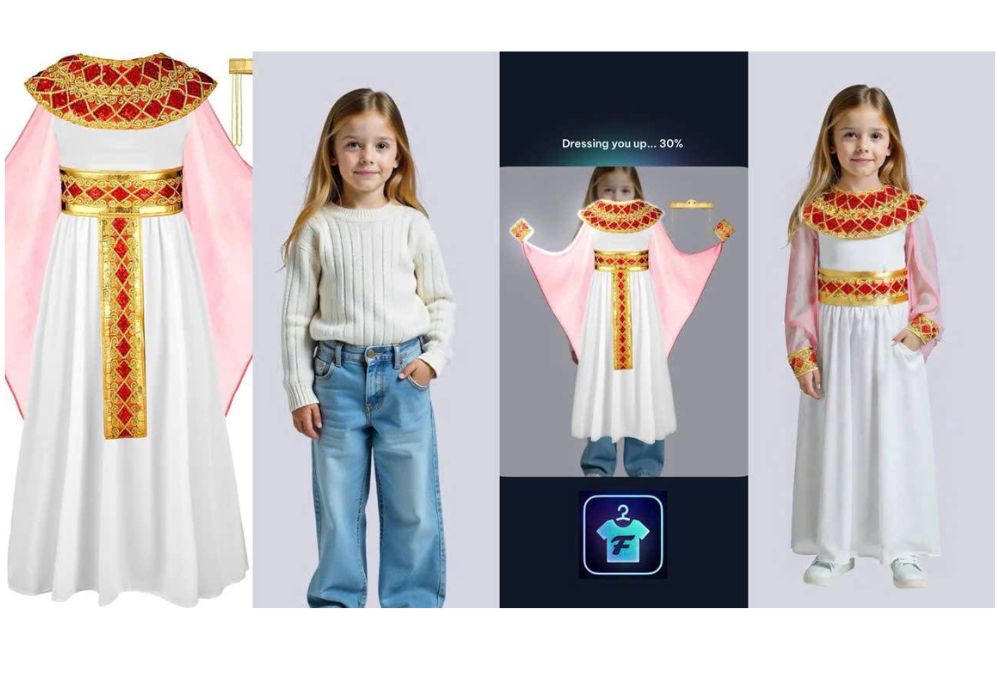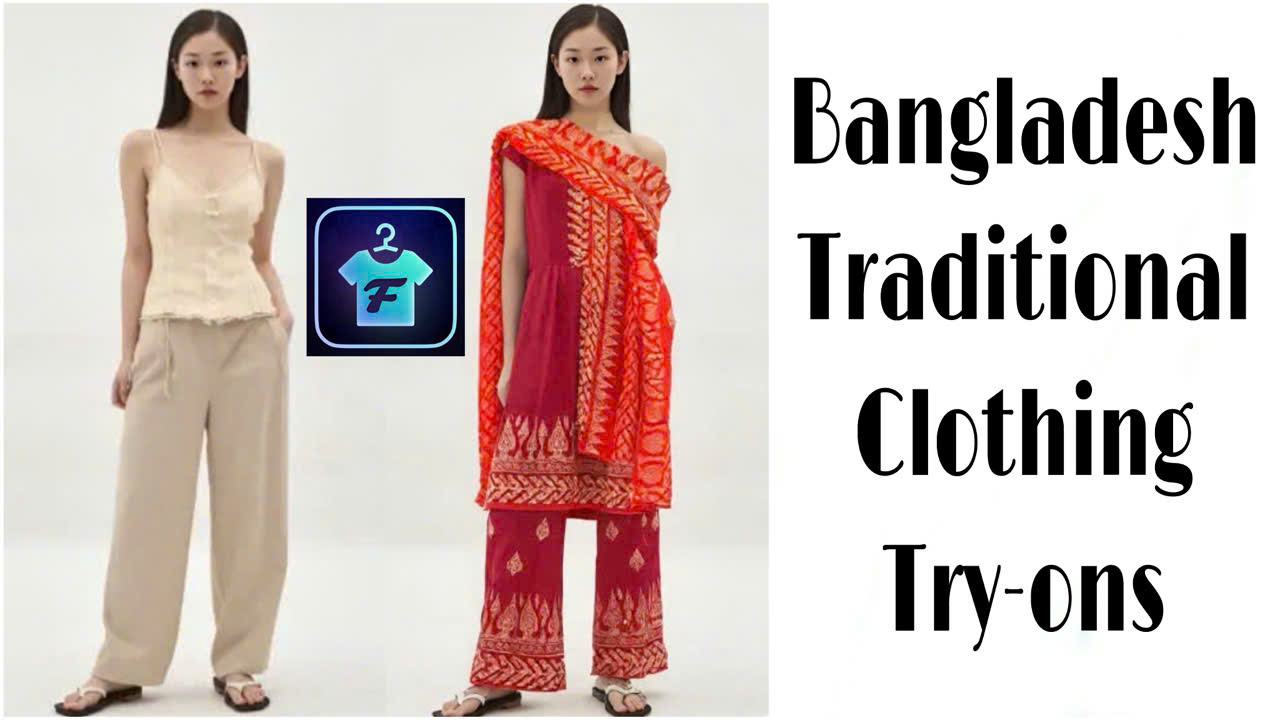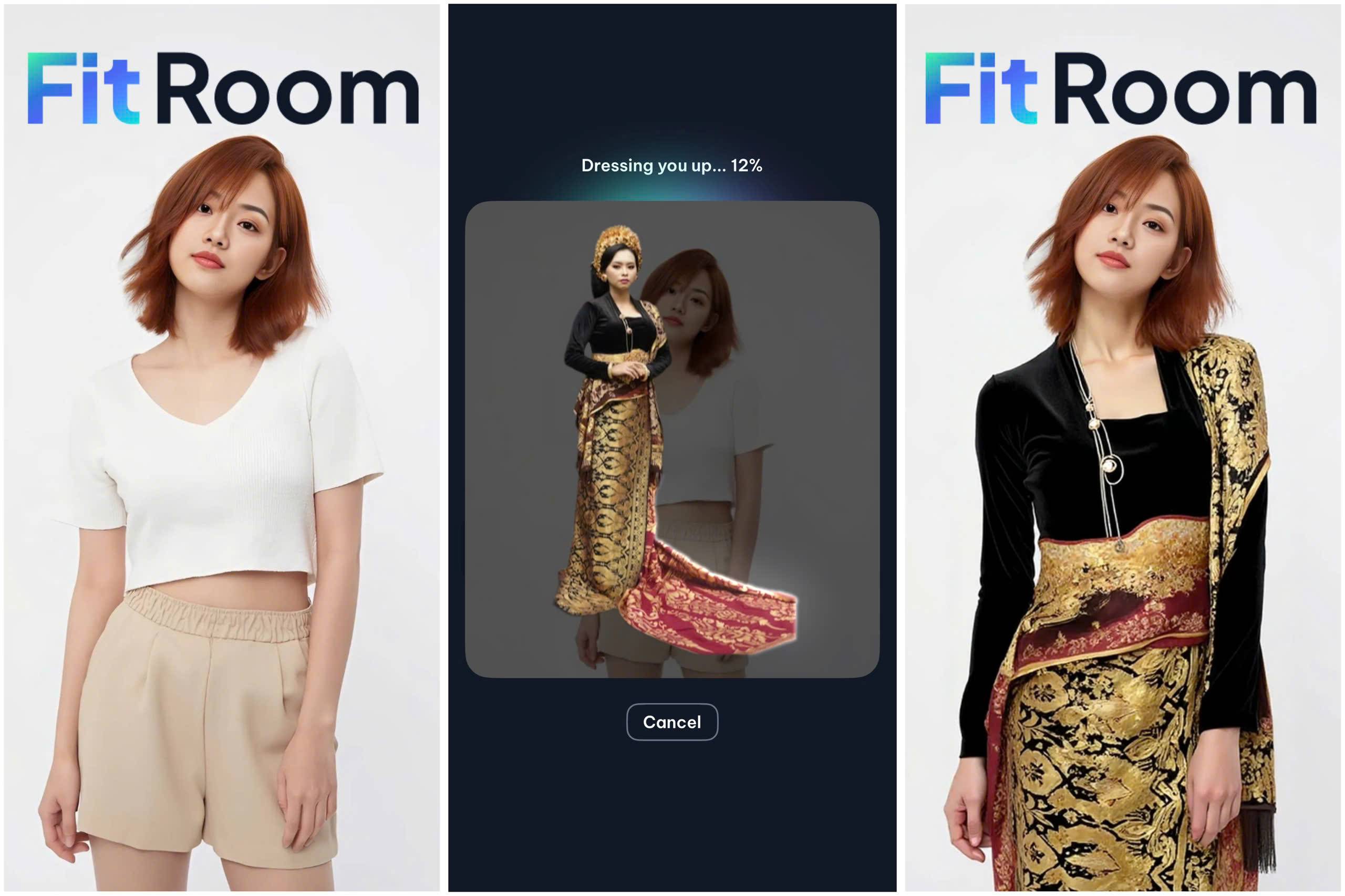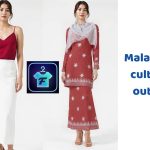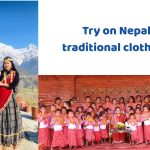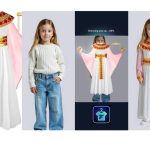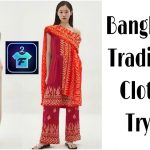In the Philippines, this magic lives on in garments that have dressed generations, from the graceful sway of a Baro’t Saya at a fiesta to the dignified crispness of a Barong Tagalog at a wedding. Each piece tells a tale of resilience, artistry, and cultural pride.
For many Filipinos, both at home and abroad, these outfits are more than fashion, they’re a connection to their roots. And for curious travelers or cultural enthusiasts, wearing them (even virtually) can feel like stepping into a moment of history.
Ready to step into tradition? Let’s begin with the question: what exactly is the traditional clothing of the Philippines, and how can you wrap yourself in Filipino fashion?
Explore:
What Filipinos wore before fast fashion: A look at traditional clothing
To understand Filipino traditional clothing is to trace the woven threads of the country’s history across centuries, islands, and cultures.
Long before Western fashion ever reached its shores, the Philippines already had a rich and diverse clothing culture. Indigenous groups across Luzon, Visayas, and Mindanao created their distinct styles, weaving textiles by hand using fibers like abacá, piña, and cotton.
These garments weren’t just for covering the body; they carried identity, community ties, and spiritual meanings. Each tribe had their own patterns, colors, and motifs to represent lineage, status, and occasion.

With the arrival of Spanish colonizers in the 16th century, Filipino clothing began to evolve. The Barong Tagalog, asheer embroidered shirt for men, was influenced by both indigenous wear and Spanish fashion, eventually becoming a national symbol. Meanwhile, women wore the baro’t saya, an elegant blend of blouse and skirt, which later developed into the more formal terno with its iconic butterfly sleeves.
Despite waves of colonization, modernization, and globalization, these traditional outfits have endured. These garments aren’t relics of the past; they’re still very much part of present-day life, especially during festivals, ceremonies, and cultural showcases. Wearing them isn’t just about looking beautiful (though they certainly are), it’s about honoring the Philippines’ richly woven story.
From piña to pride: Types of traditional Filipino attire for women and men
Each garment reflects the country’s multicultural roots, from indigenous tribes to Spanish and Chinese influences. Let’s take a closer look at some of the most iconic styles worn by Filipino men and women.
Filipino traditional clothes for women
- Baro’t saya
The baro’t saya (literally “blouse and skirt”) is one of the oldest forms of women’s attire in the Philippines. This modest ensemble consists of a loose-fitting blouse (baro) and a long, flowing skirt (saya). Worn by women across the islands, it’s traditionally made from breathable fabrics like cotton or native textiles such as piña (pineapple fiber).
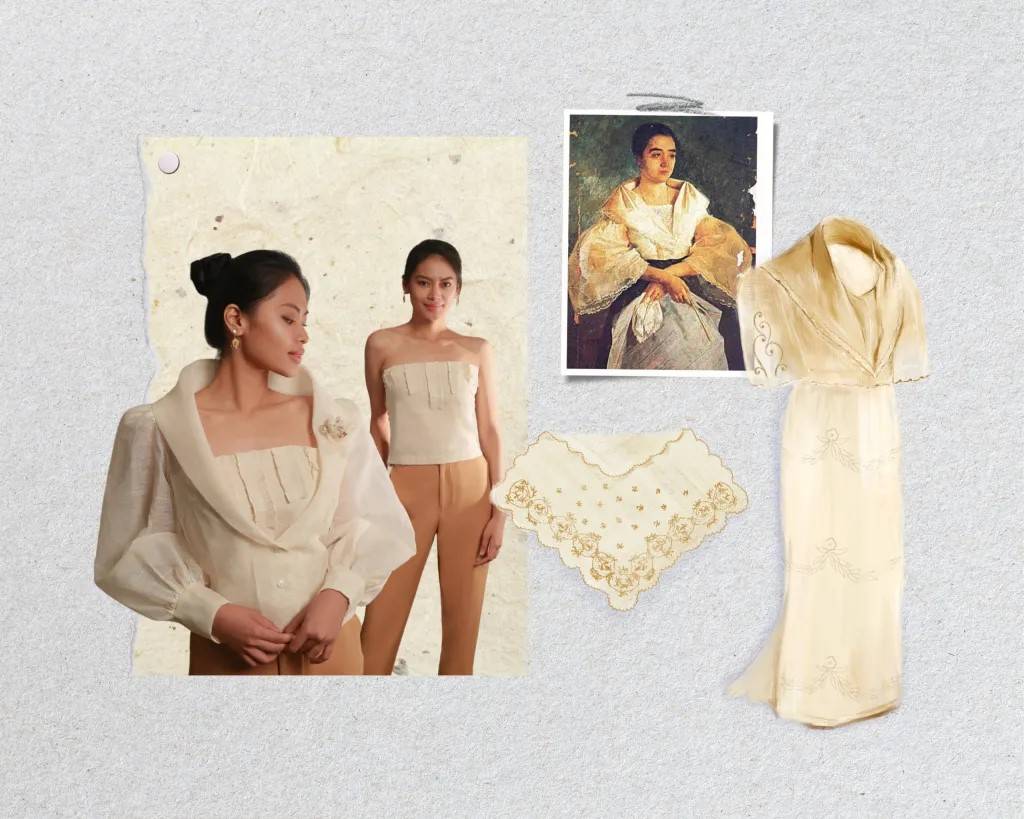
It was once daily wear, especially during the Spanish colonial period, often layered with a tapis (a rectangular overskirt) and paired with a simple scarf. Today, it’s still worn during national holidays and folk performances, echoing the grace and resilience of Filipino women.
- Maria Clara
Evolving from the baro’t saya, the Maria Clara dress is a more formal, Spanish-influenced version named after the heroine of José Rizal’s iconic novel. It typically includes a structured blouse with butterfly sleeves, a floor-length skirt, a stiff overskirt (tapis), and a pañuelo – an embroidered shawl draped gracefully over the shoulders.
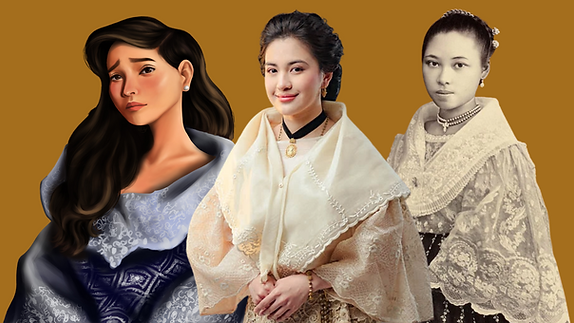
- Terno
The terno is a sleek and elegant gown characterized by its iconic butterfly sleeves. While it began as a simplified version of the Maria Clara, today’s terno, popularized by designers like Ramon Valera and worn by national figures like Imelda Marcos, represents Filipino sophistication and national pride.
Made from luxurious fabrics like silk, organza, or piña, the modern terno is often worn during state events, pageants, and weddings.
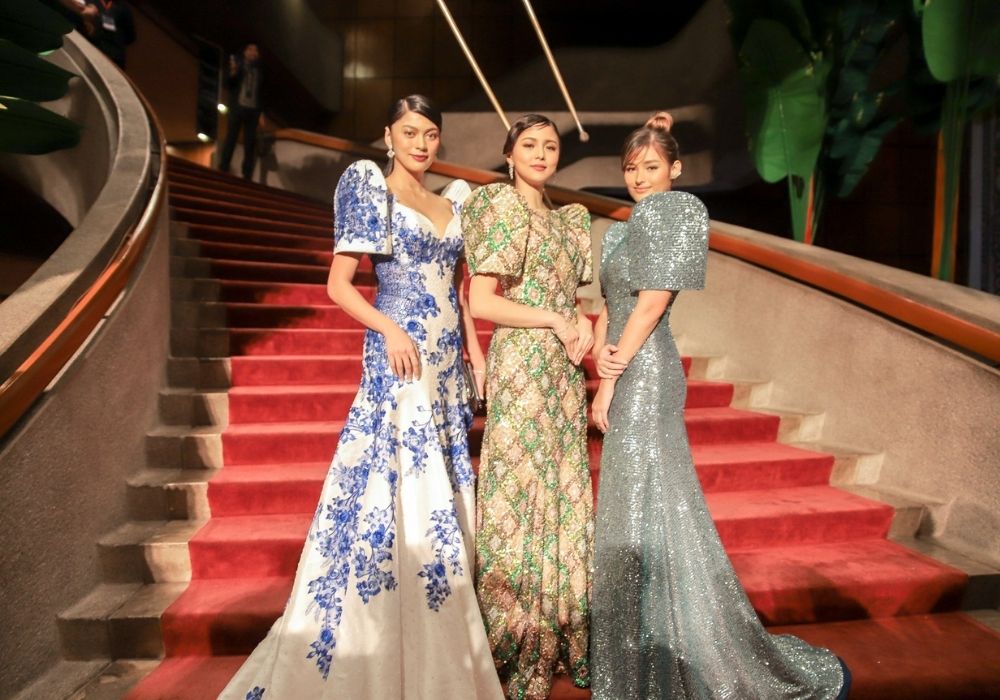
- Indigenous wear
Across the Philippines, indigenous groups preserve their heritage through distinctive clothing. For example:
- T’boli women from Mindanao wear intricately handwoven t’nalak cloth, adorned with elaborate beadwork and brass bells.
- Ifugao women from the Cordilleras wear woven wrap skirts (ampuyo), often colored in striking reds and blacks, paired with hand-beaded necklaces.
- Mangyan women from Mindoro wear woven ramit tops and hand-embroidered skirts, showcasing motifs passed through generations.
Traditional clothing for men
- Barong Tagalog
The Barong Tagalog is the national dress for Filipino men. Worn untucked over an undershirt, it features detailed embroidery (often in front) on sheer, formal fabrics like piña, jusi, or ramie. Despite its refined look, the barong’s origins lie in colonial strategies to distinguish locals from Spaniards, who wore tucked-in clothes.

- Camisa de chino
Originally worn by Chinese-Filipino laborers, the camisa de chino is a simple, collarless, long-sleeve shirt often made from soft cotton. It was historically worn underneath the barong but has evolved into casual traditional wear on its own, favored for its comfort and versatility.
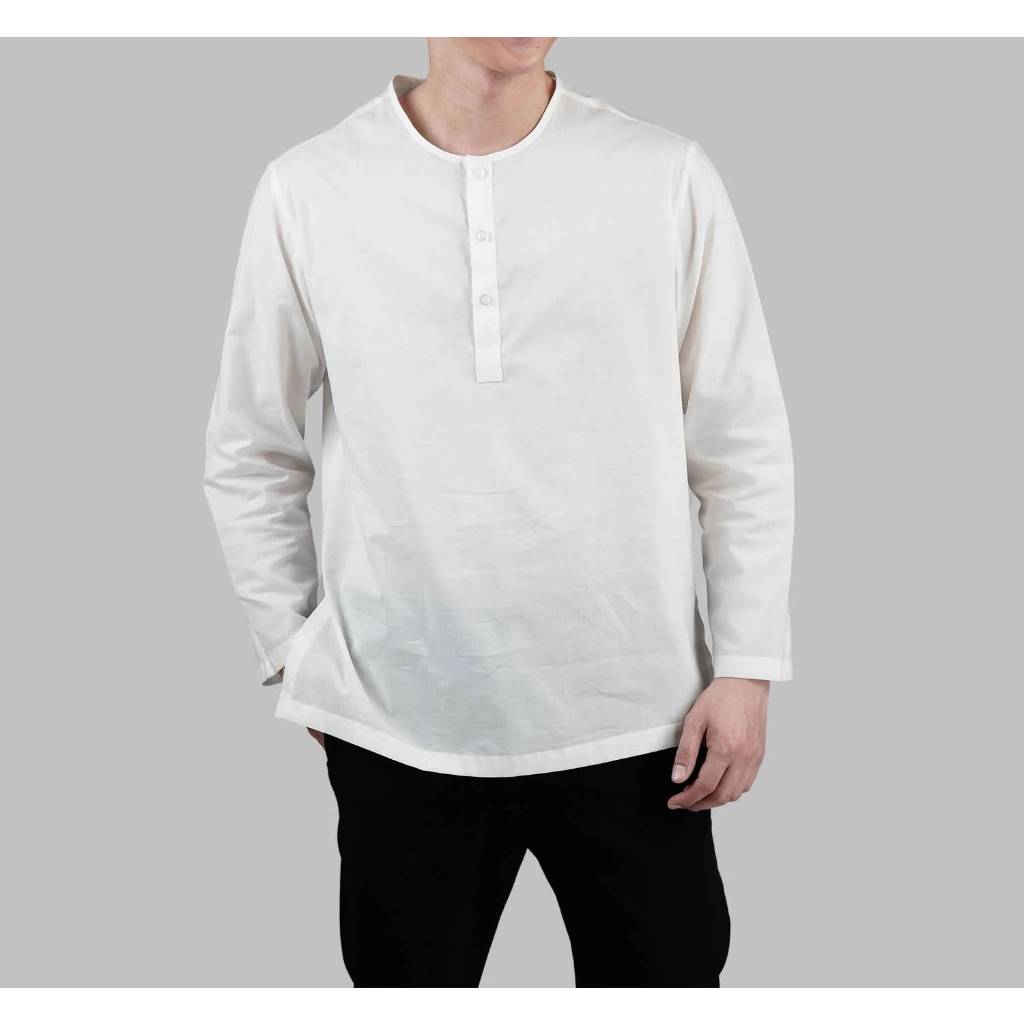
- Indigenous men’s wear
From the woven loincloths of the Kalinga warriors to the colorful woven sashes of the Lumad tribes, indigenous Filipino men’s attire varies widely. These garments often include beadwork, embroidery, and symbolic patterns passed down through generations.
Try on Filipino outfits virtually with Fitroom
What if you could slip into a Barong Tagalog or see yourself in a modern terno gown without ever leaving your home? Thanks to Fitroom, that experience is just a few clicks away.
Fitroom is a virtual try-on platform that lets you see how you’d look in traditional (or modern!) outfits from around the world, including the Philippines. This browser-based tool is perfect for quick try-ons. Just upload a full-body photo of yourself, and you can start mixing and matching outfits instantly. It’s accessible from anywhere, no app installation required.
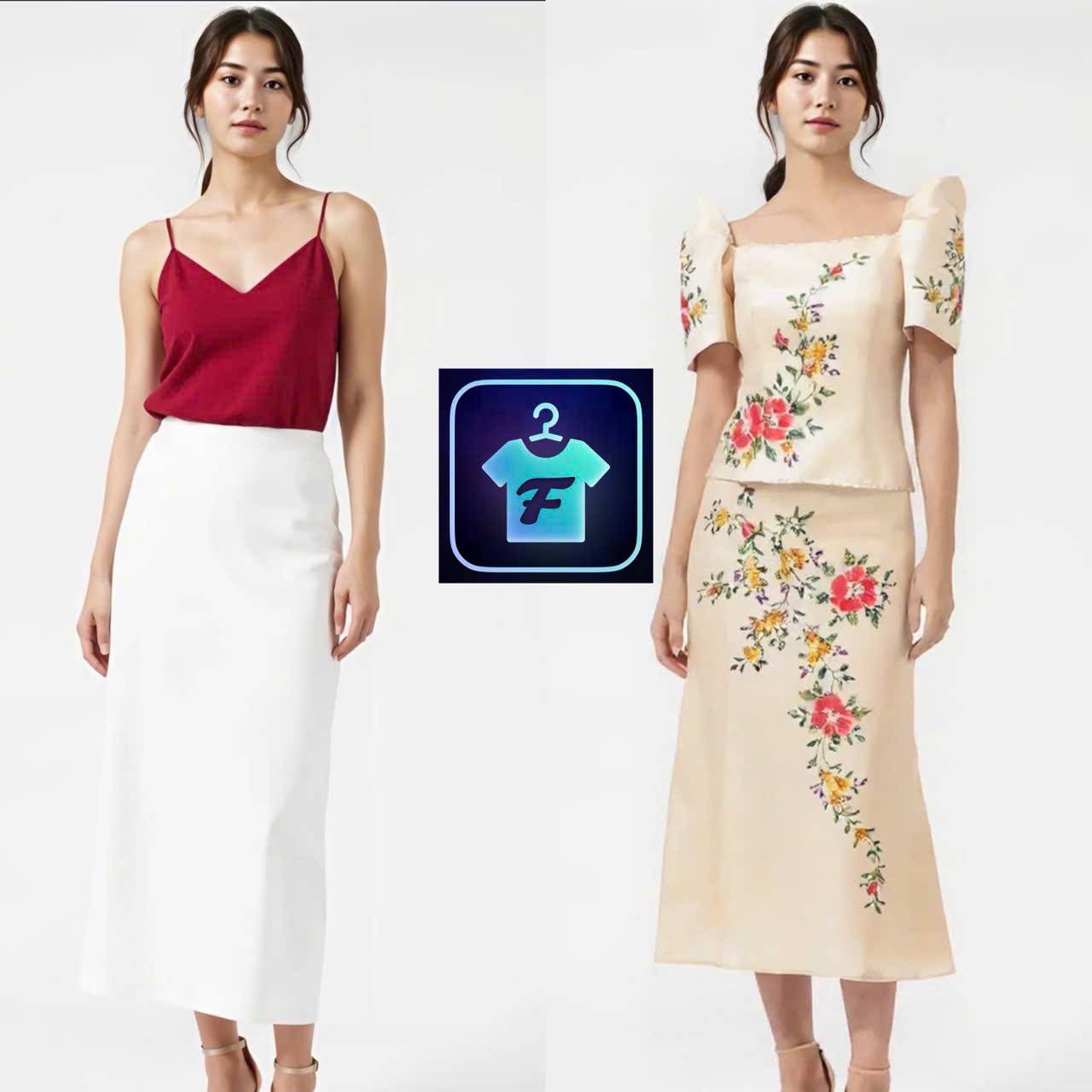
How to try on Filipino traditional clothes using Fitroom
- Choose your photo
Start with a clear, front-facing full-body photo of yourself. This will help Fitroom generate the most accurate try-on experience.
- Find Filipino outfits online
Browse e-commerce sites or social media stores that sell traditional Filipino attire. Some keywords to search: “Terno dress for women”, “Barong Tagalog modern design”, “Filipiniana gown online”, or “Indigenous Filipino clothing”. Once you’ve found an outfit you love, download its product image or take a screenshot of it.
- Upload both to Fitroom
On the Fitroom web version or mobile app, upload your photo and the image of the traditional Filipino outfit. Fitroom AI will work its magic and apply the clothing on your image, giving you a virtual fitting room experience.
- Preview, enhance, and save
See how it looks, you can even enhance the photos (whitening, smooth skin, etc), and save the image. You can even share your look on social media or send it to family and friends for feedback.

From the graceful terno to the timeless barong, traditional Filipino clothing tells stories of identity, artistry, and pride. It speaks of centuries of heritage, woven by hand, passed down through generations, and now reimagined in modern times.
With tools like Fitroom, honoring these traditions has never been more accessible. Whether you’re a Filipino reconnecting with your roots or a curious explorer wanting to experience the beauty of Philippine culture firsthand, you can now step into these garments. No travel needed, no fittings required; just your photo, your curiosity, and a few clicks.
Let’s try on a piece of history, wear it proudly, and let the stories of the islands come alive, right where you are.


